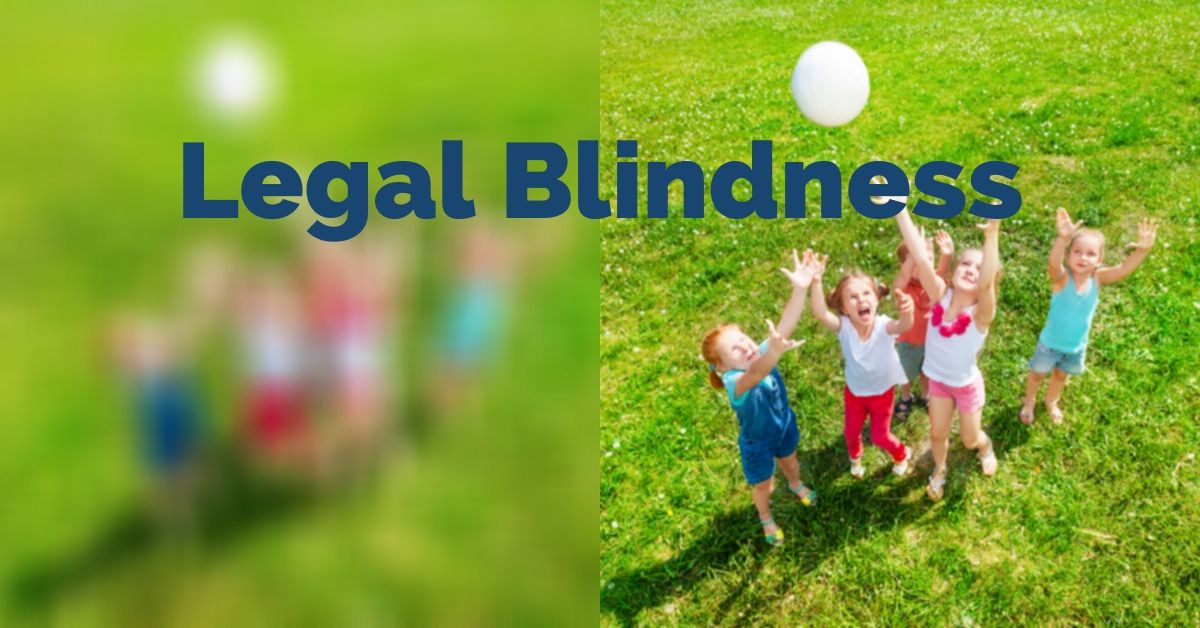

As we mentioned above, 20/200 vision is common criteria for bad eyesight. That doesn’t mean if you’re prescription is greater than 20/200 you’re legally blind. This means they can detect light or maybe even objects but cannot see them clearly or have detailed information or colors of the light they are seeing. What is a Legally Blind Prescription You’re considered legally blind if your vision on an eye test is 20/200 or greater, with correction. Light Perception – Someone who is blind may only have light perception. Or if they have a 20 degrees or less visual field”. Someone is legally blind “when a person has central visual acuity (vision that allows a person to see straight ahead of them) of 20/200 or less in his or her better eye with correction.

Legally Blind – Legally blind has a clear cut off when it comes to visual acuity. Those who are visually impaired can still get services through vocational rehabilitation (and World Services for the Blind!).

But if the person’s vision improves after using corrective contact lenses or glasses, the person is not legally blind. It means that they cannot see objects from 200 feet away but can only see them from 20 feet away. A person with 20 or less vision ( pinhole vision) is also legally blind. Legally, blindness is defined as less than 20/200 vision in the better eye with glasses (vision of 20/200 is the ability to see at 20 feet only what the normal eye can see at 200 feet). However, visually impaired is often used before the cut off to legally blind. A legally blind person has a 20/200 vision. blindness blndnes lack or loss of ability to see (see vision ). Visually Impaired – Visually Impaired is another broad term that refers to someone who cannot correct their vision and it impacts their daily life. Low Vision – Low vision means someone has uncorrectable vision that interferes with their daily life, meaning they cannot complete some tasks due to their vision. It will also make more sense if you’re used to the standard eye chart. While different countries have different definitions, we’re focusing on the United States terminology. There are so many terms to describe someone’s vision though, so we wanted to go over what they all mean. But that actually isn’t the case for the majority of those in the blind and visually impaired community! Blindness and visual impairment is a spectrum. When most people hear the word ‘blind’ they think of someone seeing total darkness. You might be wondering – is being visually impaired and legally blind the same thing? Nope! And we’ll tell you why. Today we’re going over some basics, what it means to be legally blind versus visually impaired and some common terms in the blindness community.
#Legally blind series
Welcome to Back to Basics, a new series on the WSB blog! At WSB, we see people through all walks of life with a myriad of vision conditions.


 0 kommentar(er)
0 kommentar(er)
